Why Every Actor Needs a Press Kit
[As originally featured on backstage.com]
Imagine you arrive at the Four Seasons on Doheny for your first press junket. The journalists are already there, ready to interview you on what is sure to be the summer’s biggest blockbuster. But how do they know about you, what questions to ask, what details to include in their piece? The answer: They’ve been provided with a press kit.
A press kit is something that can be useful to actors and has been used in the publicity world probably since the beginning of publicity itself. In the strictest sense, it is a package of promotional materials provided to members of the press to brief them on a person or product. Definitions vary in different industries, as do the contents of the kits, but they generally include photos, a bio, statistics, prior press clippings, and any other information relevant to the purpose of the specific kit.
In the Beginning
Picture a “Mad Men” scene. Don Draper ripping pages from magazines. Interns surrounding a clunky machine making physical copies of newspaper articles and the like. The copies then stuffed into a large folders along with other info and images. This was unwieldy to say the least. Yes, it was the ’60s, but I’ve done this myself as recently as 10 years ago. Of course, we scanned the clippings and tear sheets—a little more civilized—but it still involved enormous amounts of paper, folders, organizing, assembling, packaging, labels, postage, shipping, and all the time and costs involved.
Enter the Digital Age
With computers and digital information came the widespread use of the EPK or “electronic press kit.” It again had some slightly different definitions and content depending on how it was used. But it was essentially still promotional materials to be sent to press. The main difference with the EPK was, instead of scanning and then printing out paper copies, the scans were kept in digital format and assembled into one, neat PDF (portable document format). This was a major advancement and obviously much less work in that once you created a kit, you could then just copy it and electronically send it to the intended recipients. But EPKs were still unwieldy in that, in order to keep the quality at a high level, they were very large in terms of their digital size, so transferring them was difficult. And the only way to make them easier to transfer was to lower the quality. The result was a pretty horrible looking kit.
Advanced Delivery Systems
With the advancement of the digital world came services like cloud-based storage and transfer systems. We could now create high-quality kits and still deliver them without too much trouble. It was a matter of uploading the EPK to Dropbox, WeTransfer, iCloud, or the like, and then simply sending a link to the press person. You could even upload the PDF to your website and have it “hosted” there, with easy, downloadable access.
The Modern Press Kit
An EPK in high-res PDF format available for easy download to practically any computer or device certainly does seem like the most efficient method of delivery, and the “state of the art” for press kits. But this can be taken a step further, and actually already has been, if unwittingly. It’s something sitting right under our noses. What I have come to think of as the “modern press kit,” you know as the website.
I know this may seem too simple and even overly obvious at first, but websites for your personal brand as an actor have become the most convenient way to convey the information normally provided in a press kit, providing the site is built, populated, and formatted appropriately. This has been an organic evolution. Over the years, I’ve worked with clients to build sleek, focused, easy-to-navigate, mobile-friendly sites that contain all the pertinent info needed and no more—a virtual press kit.
So, what does this mean to you as an actor? It means that by taking a new look at your site and viewing it from the standpoint of an EPK, you can best decide what would most benefit you and your brand as an actor. A quick, easy, inexpensive, high quality, more aesthetically pleasing, and more efficient way to get you and your goods known to the press.
Rick Krusky is an executive and publicist at MWPR, a Los Angeles-based PR and publicity firm.

